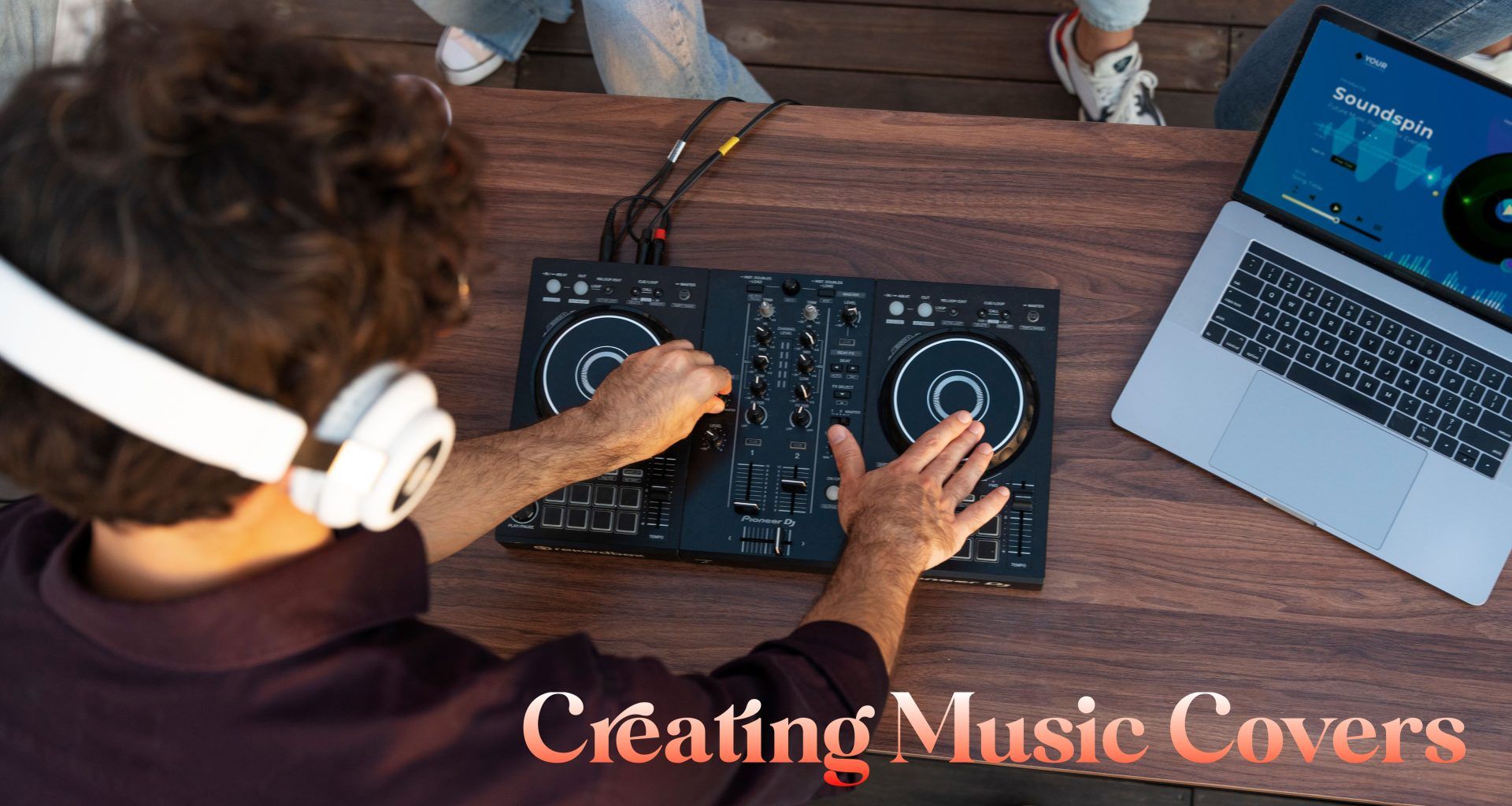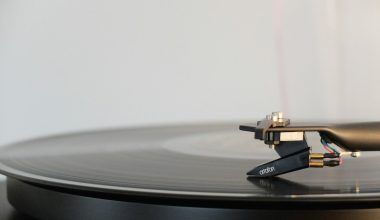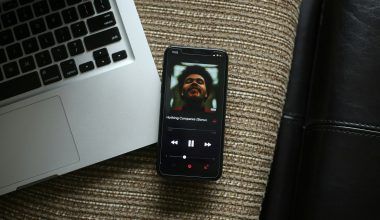There have been multiple incidents of high-profile copyright cases that have left new, upcoming musicians pondering how to cover a song or legally record and perform covers of other artists’ songs. Creating music covers is actually quite straightforward, unlike complicated music imitations.
A music “cover” is essentially a new way of performing a previously recorded song originally composed and performed by someone else, with the melody remaining the same.
But after all of this, there are regulations about creating music covers. The regulating system is called compulsory licensing. Anyone can cover anyone else’s song, but you will have to pay a royalty to the song’s creator. In these digital times, we have seen a lot of artists getting a lot of attention for their song covers, especially on YouTube. If you’re reading this, chances are you are also trying to do the same. You are looking to get your own music noticed by recording cover songs and getting them noticed. This strategy of making song covers has worked for a lot of artists. To cover a song, you need to keep a few things in mind:
1. Choose Your Song Well
Don’t be overly selective; instead, choose something people know and are looking for. The whole trick is to not go into too much extreme and cover obscure songs that nobody has heard of. You may do it for fun, but remember the songs you pick do matter. Popular songs will likely get more attention and engagement.
2. Re-imagine the Song as Your Own
When creating music covers, a trick is to bring your personality to the song. This is something you will have to think about while making a cover version of the song. The point is to apply your own creativity to your music and craft, even though the song should still be recognizable. There is still plenty of room to bring your own ideas to it.
3. Pre-Recording Research
There is evidently quite a stiff competition here. Although you can pick any song, there would be tons of people who have covered it already. But would you want to throw yourself in the ring with other SoundCloud and YouTube pros? Besides, it is not rocket science doing research. You can go to the site you want to target for uploading your cover and see how many people have already covered the song. If you listen to a few of them, you will be able to make it better.
4. Use High-Quality Audio and Video
A primary ingredient to a successful cover song is the audio and video quality. Getting listeners is already a humongous task, so you ought to make the best impression. Don’t just create them for the sake of creating them. Create them as if you’d use them to stand out. Bring high-quality audio, video, and brew your own creativity with it.
5. Stick with the Plan
There is a reason you do not see too many artists gaining fame by covering songs. You have to build a regular publishing plan, like once a week. The secret to gaining a huge following is the consistency you would have to keep. If you plan to make covers to gain exposure, you will have to pay the mechanical royalties and have the publishing rights. This isn’t as complicated as it may sound. Let’s begin now.
Advanced Tips for Creating Music Covers
1. Engage with Your Audience
Interacting with your audience is crucial for building a loyal fan base. Respond to comments, ask for feedback, and show appreciation for their support. Engaging with your audience will encourage them to share your covers and help you gain more visibility.
Ways to Engage with Your Audience:
- Host live Q&A sessions where fans can ask about your cover-making process.
- Create polls to let your audience vote on which song you should cover next.
- Share behind-the-scenes content to give fans a glimpse of your creative process.
2. Collaborate with Other Musicians
Collaborations can help you tap into each other’s fan base and bring new listeners to your covers. Partner with other musicians for joint covers, cross-promotions, or even live performances. Collaborations can introduce your music to a broader audience.
Strategies for Successful Collaborations:
- Choose musicians who have a similar style or complementary skills.
- Plan the collaboration to highlight both artists’ strengths.
- Promote the collaboration on both artists’ social media platforms.
Monetizing Your Music Covers
While creating music covers, you can also explore ways to monetize your efforts. Here are some methods:
1. YouTube Monetization
YouTube offers several ways to monetize your content, such as ad revenue, channel memberships, and Super Chat during live streams. Ensure you follow YouTube’s policies and guidelines for cover songs to avoid copyright issues.
2. Crowdfunding
Platforms like Patreon allow fans to support their favorite artists financially. Offer exclusive content, early access to covers, or personalized messages as rewards for your supporters.
3. Merchandise
Creating and selling merchandise related to your covers can be a great way to earn additional income. T-shirts, posters, and other items featuring your brand or popular covers can attract your fans.
Legal Aspects of Creating Music Covers
Understanding the legal requirements is essential for creating music covers. Here are some key points to keep in mind:
1. Mechanical Licenses
A mechanical license allows you to legally record and distribute a cover song. You can obtain a mechanical license through agencies like the Harry Fox Agency or platforms like Deliver My Tune.
2. Synchronization Licenses
If you plan to use your cover song in a video (e.g., YouTube), you’ll need a synchronization license. This license grants you the right to sync the music with visual content.
3. Fair Use
While some covers might fall under fair use, it’s a complex and often risky legal territory. It’s best to obtain the necessary licenses to avoid potential copyright issues.
Trends in Music Covers for 2024
As we move into 2024, staying updated with the latest trends in music covers can give you an edge. Here are some trends to watch:
1. Virtual Collaborations
With the rise of remote work and virtual events, virtual collaborations have become more popular. Collaborate with musicians from different parts of the world to create unique and diverse covers.
2. Short-Form Videos
Platforms like Instagram Reels are perfect for short-form music covers. Create engaging and creative short videos that showcase your covers and reach a broader audience.
3. Interactive Content
Interactive content, such as live streaming your cover recording sessions or hosting virtual concerts, can engage your audience and make them feel more connected to your music.
Conclusion
In conclusion, creating music covers is a fantastic way to gain exposure, build a fan base, and showcase your talent. By choosing the right songs, adding your unique touch, conducting pre-recording research, ensuring high-quality audio and video, and sticking to a consistent publishing plan, you can make your covers stand out. Stay updated with the latest trends, engage with your audience, and explore monetization options to maximize your success. With careful planning and dedication, your music covers can help you achieve your goals in the music industry.
For further reading, explore these related articles:
For additional resources on music marketing and distribution, visit Deliver My Tune.






